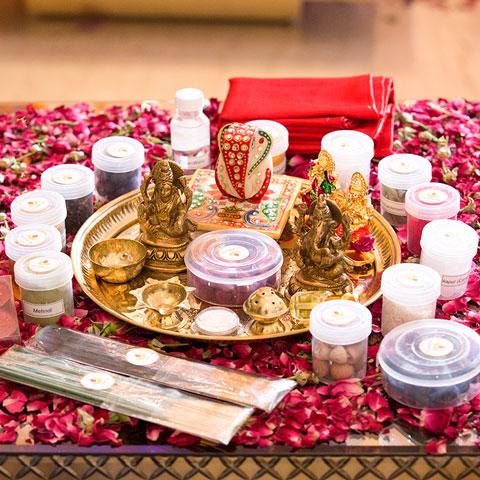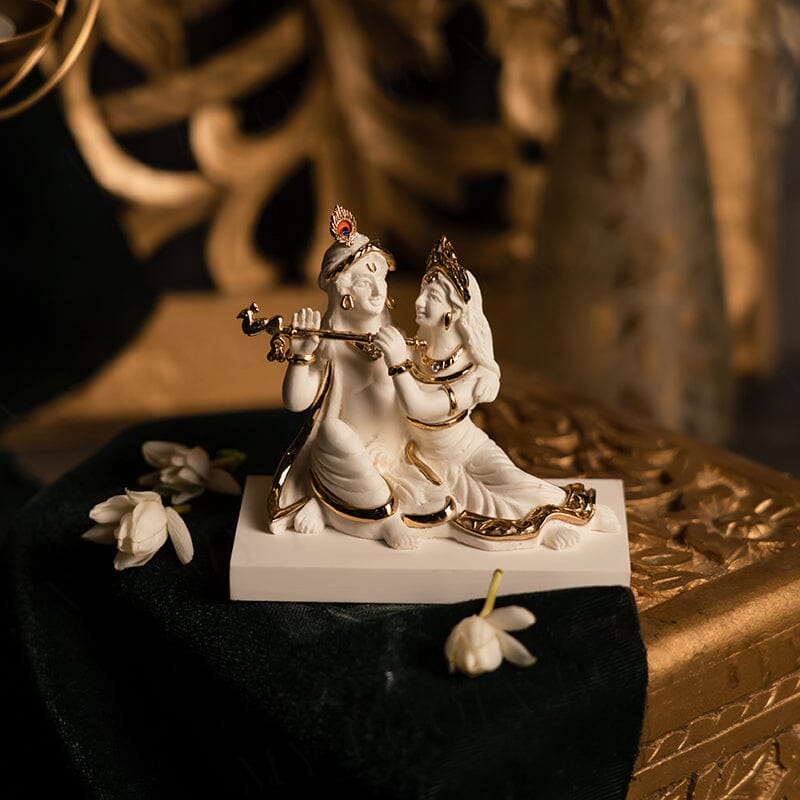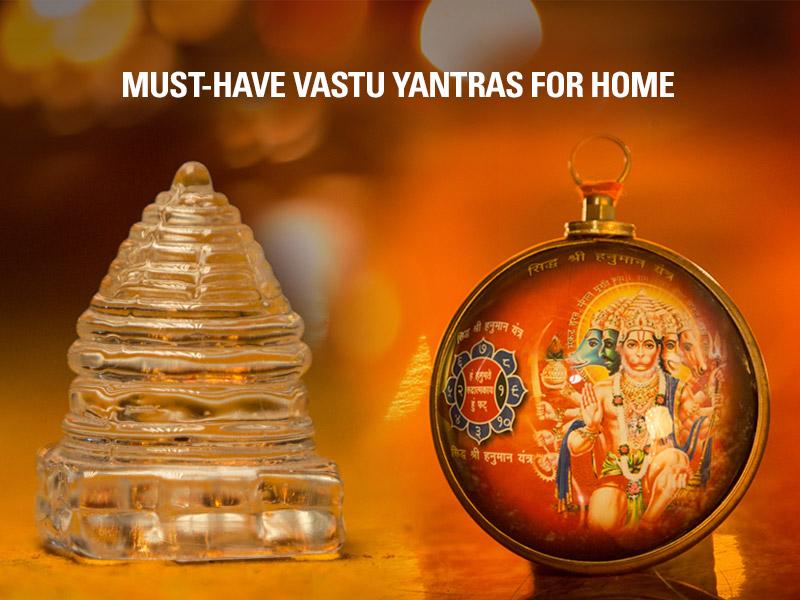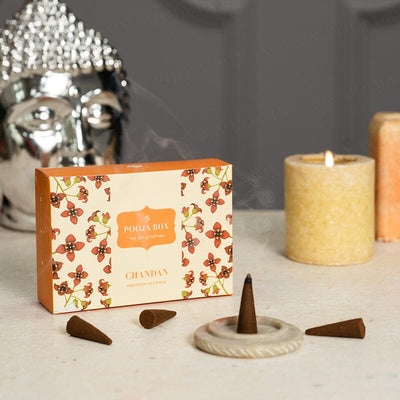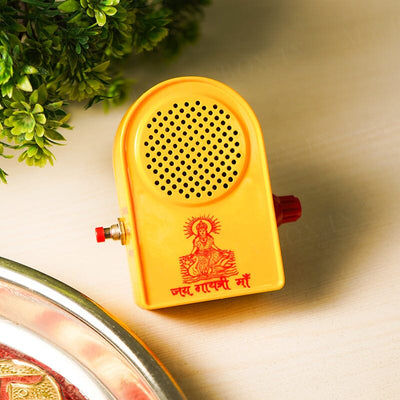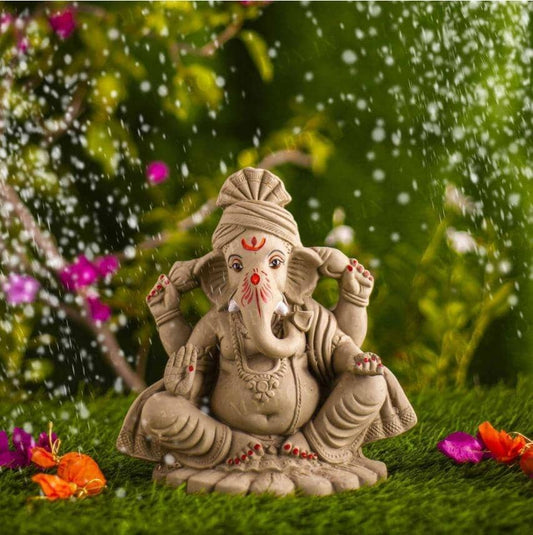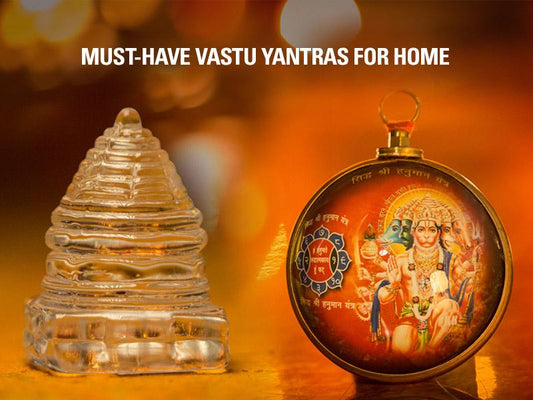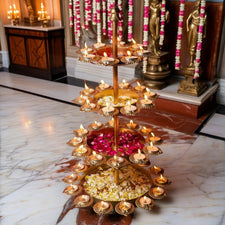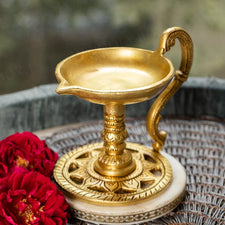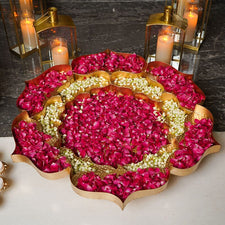2025 Shardiya Navratri, the nine-night festival dedicated to Goddess Durga, is one of the most significant and widely celebrated festivals in India. Spanning nine days, it symbolizes the triumph of good over evil and honors the divine feminine energy. Each day of Navratri is dedicated to a different form of Goddess Durga, and specific prayers, mantras, and rituals are observed. This festival is a time for devotion, fasting, reflection, and spiritual renewal.

When does Shardiya Navratri 2025 begin and end?
Shardiya Navratri 2025 begins on Pratipada Tithi, September 22, 2025, and ends on Dashami Tithi, October 2, 2025.
In this detailed guide, we will explore Shardiya Navratri 2025’s dates, mantras, significance, rituals, and how it is celebrated differently across various regions in India.
What is Shardiya Navratri?
Shardiya Navratri is one of the most auspicious and widely celebrated forms of Navratri, dedicated to worshiping Goddess Durga. The festival spans nine nights, each representing a different form of the Goddess. The festival culminates on the tenth day, known as Vijayadashami or Dussehra, which marks the victory of Goddess Durga over the demon Mahishasura.
Shardiya Navratri is celebrated during the Shukla Paksha (bright half) of the month of Bhadrapada in the Hindu lunar calendar. It holds immense spiritual significance, as each of the nine nights represents a specific form of Goddess Durga, invoking different aspects of divine feminine energy.
Shardiya Navratri 2025 Dates and Tithis
Shardiya Navratri 2025 begins on September 22, 2025, and ends on October 2, 2025. Here’s a detailed breakdown of the days, Tithis, and significance for Shardiya Navratri 2025:
|
Day |
Tithi |
Date |
Goddess |
Significance |
|
Day 1 |
Pratipada |
September 22, 2025 |
Shailaputri |
Worship of Goddess Durga in her form as Shailaputri. |
|
Day 2 |
Dwadashi |
September 23, 2025 |
Brahmacharini |
Goddess of austerity, celibacy, and self-discipline. |
|
Day 3 |
Tritiya |
September 24, 2025 |
Chandraghanta |
Goddess of beauty, grace, and the remover of obstacles. |
|
Day 4 |
Chaturthi |
September 25, 2025 |
Kushmanda |
Worshipping the goddess who created the universe. |
|
Day 5 |
Panchami |
September 26, 2025 |
Skandamata |
The mother of Kartikeya, the god of war. |
|
Day 6 |
Shasthi |
September 27, 2025 |
Katyayani |
Goddess who defeated the demon Mahishasura. |
|
Day 7 |
Saptami |
September 28, 2025 |
Kalaratri |
Fearsome form of Goddess Durga, representing the destruction of evil. |
|
Day 8 |
Ashtami |
September 29, 2025 |
Mahagauri |
The symbol of purity and peace. |
|
Day 9 |
Navami |
September 30, 2025 |
Siddhidhatri |
The goddess who grants all siddhis (powers) to her devotees. |
Mantras and Prayers for Each Day of Shardiya Navratri
Each day of Shardiya Navratri 2025 is dedicated to a different form of Goddess Durga, and specific mantras and prayers are recited to invoke blessings. Here’s a detailed look at the mantras and prayers for each day:
Day 1: Shailaputri (Pratipada)
Mantra:
“ॐ शैलपुत्र्यै नमः।”
Om Shailaputryai Namah
Translation: Salutations to Goddess Shailaputri, the daughter of the mountains.
Significance:
Shailaputri is the first form of Goddess Durga and represents the earth and mountains, symbolizing strength and stability. Worshipping her on the first day of Shardiya Navratri symbolizes laying the foundation for a strong spiritual journey.
Day 2: Brahmacharini (Dwadashi)
Mantra:
“ॐ ब्रह्मचारिण्यै नमः।”
Om Brahmacharinyai Namah
Translation: Salutations to Goddess Brahmacharini, the one who practices asceticism and self-discipline.
Significance:
Brahmacharini represents austerity and penance. She embodies purity and self-discipline, and her prayers are said to bring peace, spiritual growth, and blessings for self-control.
Day 3: Chandraghanta (Tritiya)
Mantra:
“ॐ चंद्रघंटायै नमः।”
Om Chandraghantayai Namah
Translation: Salutations to Goddess Chandraghanta, the bearer of a crescent moon.
Significance:
Chandraghanta represents beauty, grace, and the removal of obstacles. She brings peace and is worshipped for prosperity and protection from negative influences.
Day 4: Kushmanda (Chaturthi)
Mantra:
“ॐ कूष्मांण्डायै नमः।”
Om Kushmandayai Namah
Translation: Salutations to Goddess Kushmanda, who created the universe.
Significance:
Kushmanda is the creator goddess, symbolizing the creative force of the universe. Her worship is believed to bring growth, prosperity, and success in all endeavors.
Day 5: Skandamata (Panchami)
Mantra:
“ॐ स्कन्दमातायै नमः।”
Om Skandamatayai Namah
Translation: Salutations to Goddess Skandamata, the mother of Kartikeya.
Significance:
Skandamata is the goddess of motherhood, protection, and nurturing. She is worshipped to gain inner strength and protection from all hardships.
Day 6: Katyayani (Shasthi)
Mantra:
“ॐ कात्यायन्यै नमः।”
Om Katyayanayai Namah
Translation: Salutations to Goddess Katyayani, the destroyer of evil.
Significance:
Katyayani is the fiercest form of Goddess Durga, representing warriors and strength. Her worship helps devotees overcome challenges and negativity.
Day 7: Kalaratri (Saptami)
Mantra:
“ॐ कालरात्र्यै नमः।”
Om Kalaratryai Namah
Translation: Salutations to Goddess Kalaratri, the fierce destroyer of evil.
Significance:
Kalaratri represents the destruction of evil and darkness. Her prayers are said to remove negative energies and bring clarity and fearlessness into the devotee’s life.
Day 8: Mahagauri (Ashtami)
Mantra:
“ॐ महागौर्यै नमः।”
Om Mahagauryai Namah
Translation: Salutations to Goddess Mahagauri, the symbol of purity and peace.
Significance:
Mahagauri is the goddess of purity, peace, and compassion. Her worship brings spiritual harmony and mental peace, purifying the soul and the body.
Day 9: Siddhidhatri (Navami)
Mantra:
“ॐ सिद्धिधात्र्यै नमः।”
Om Siddhidhatryai Namah
Translation: Salutations to Goddess Siddhidhatri, the giver of all siddhis (powers).
Significance:
Siddhidhatri is the goddess who bestows all divine powers (siddhis) and spiritual fulfillment. On this day, devotees pray for enlightenment, wisdom, and the fulfillment of their desires.
Navratri Celebrations Across Different Regions
Navratri is celebrated across India in various ways, with each region adding its own unique style, rituals, and cultural performances. Here’s how Shardiya Navratri 2025 is celebrated in different parts of India:
Where is Shardiya Navratri celebrated the most in India?
Shardiya Navratri is celebrated with great enthusiasm in Gujarat, Maharashtra, West Bengal, and parts of Northern and Southern India.
1. Gujarat
In Gujarat, Garba and Dandiya Raas are the highlights of Shardiya Navratri. The celebrations are marked by people performing dances in a circle to the beats of traditional music, wearing vibrant, traditional attire.
2. Maharashtra
In Maharashtra, Durga Puja coincides with Shardiya Navratri. The celebrations involve processions, prayers, and Gully Dandiya (street dance). The immersion of Durga idols marks the culmination of the festival.
3. West Bengal
In West Bengal, Durga Puja is the major event during Shardiya Navratri. The festivities include grand processions, cultural performances, and rituals, culminating in the immersion of the Durga idol.
4. Northern and Southern India
In Northern and Southern India, Shardiya Navratri is celebrated with prayers, pujas, and community rituals. Temples are decorated, and devotees worship Goddess Durga with utmost devotion.
Shardiya Navratri 2025 is a time to reflect on the strength, power, and grace of Goddess Durga. Each day of the festival offers a chance to worship the divine feminine, seek blessings for spiritual growth, and overcome challenges. Whether you are fasting, participating in Garba, or performing prayers, Shardiya Navratri provides a perfect opportunity for devotion, renewal, and connection with the divine.
How can I make the most of my Shardiya Navratri celebrations in 2025?
Engage in daily prayers, follow the rituals, and immerse yourself in the spiritual energy of the festival. Whether through fasting, dancing, or reflection, Shardiya Navratri is a chance to deepen your spiritual connection.





